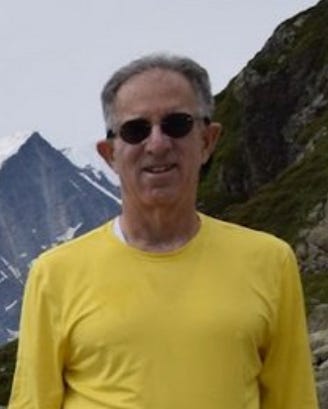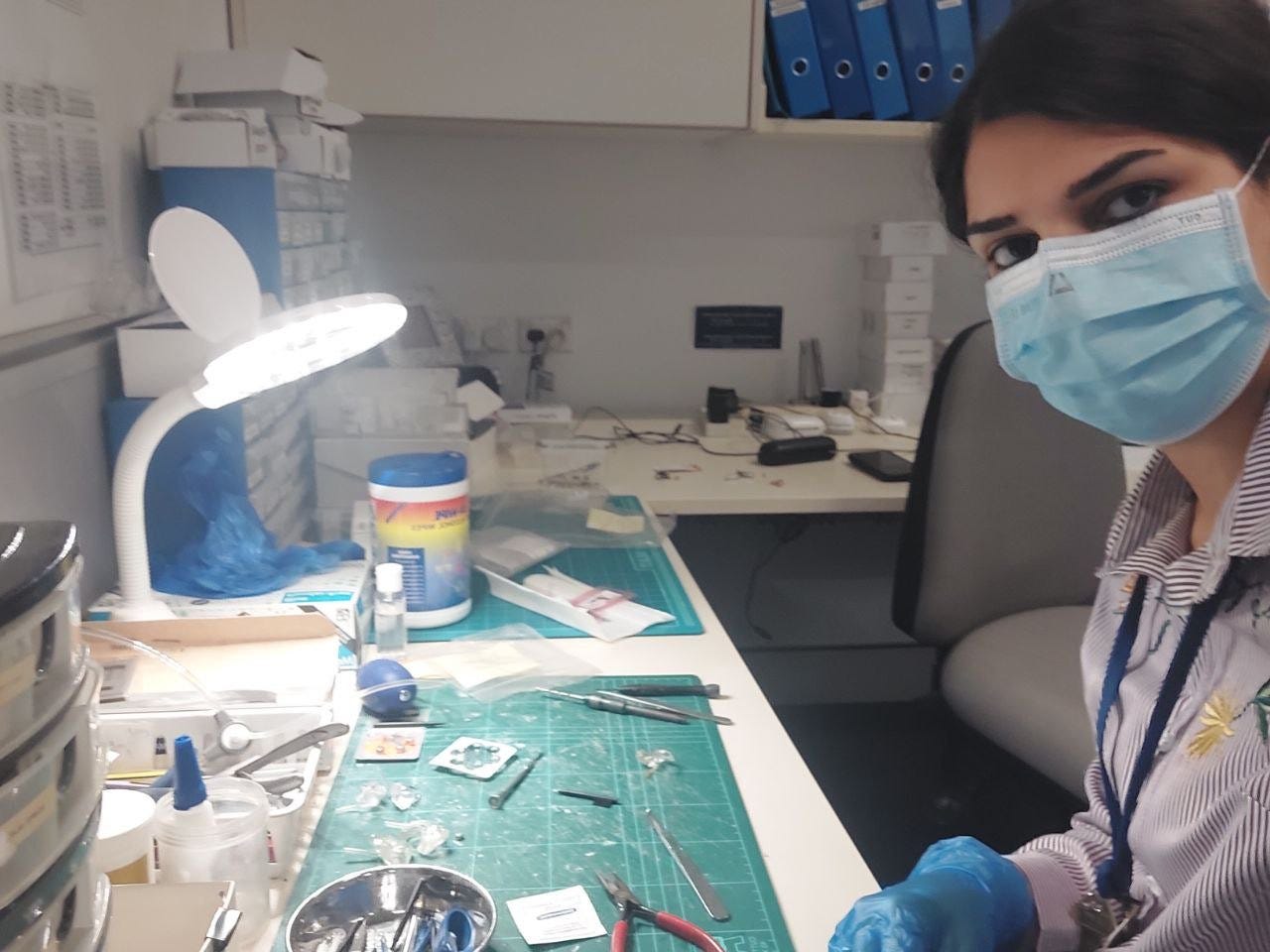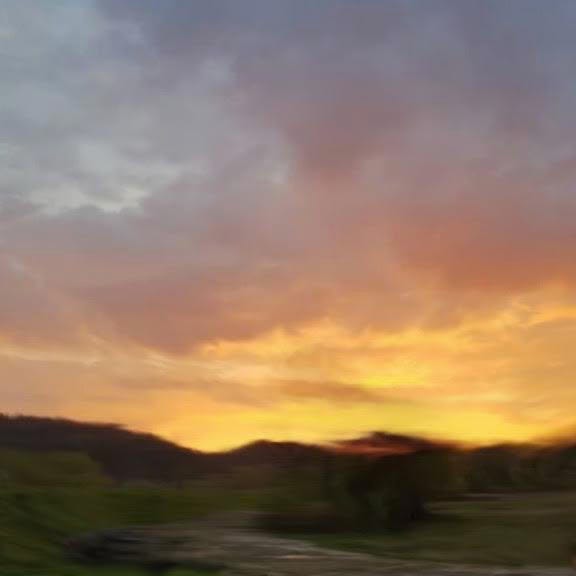Hearing loss in our lives
In this issue, we see how hearing loss can signify a turning point in our lives’ direction
Actress, author and advocate calls for tolerance
Speaker at the January meeting of the Denver Chapter was Tiffany Storrs, Colorado-based actress and author of Adaptability, a story about her life as an advocate for people with hearing loss. “In the months following the birth of my first child, I went deaf in one ear,” she explains. “After my second, I went completely deaf. I experienced heart failure during my cochlear implant, and now have a pacemaker.”
In her presentation, she urged members to avoid the traps of denial and defensiveness when communicating with hearing people. Instead, we should acknowledge the hearing loss and expect others to make accommodations for it. As she explained:
We are deaf or hard-of-hearing in a hearing world. This is a call for tolerance to humanity to stop expecting our culture to keep up with hearing culture. There is an extra layer of patience required for communicating with us—much like trying to talk to a texting teenager. The most important tool in your hearing loss toolkit, is your ability to self-identify as having hearing loss. Period. That one single pivot mindset allows YOU to take charge of communication.
My path to outreach, advocacy, and activism
In the January 24, 2023 Hearing Health Foundation newsletter, Daniel Fink, M.D., described how he became an advocate for noise reduction. His story is excerpted below.
I’m a retired internist and have always tried to live a healthy lifestyle, but I had no idea that a one-time noise exposure could cause auditory symptoms for the rest of my life. Unfortunately, that’s exactly what happened to me at a New Year’s Eve dinner in Los Angeles, where I live, in 2007. As midnight approached, the restaurant kept turning the music up.
My wife could tell I was uncomfortable and suggested that we leave, but I didn’t want to offend our friends. When we finally left, my ears were ringing (that’s called tinnitus) and I later found that everyday sounds that didn’t bother others were actually painful for me (that’s called hyperacusis). I wish I could say that I suffered in silence, but the world is too noisy for that. I became reluctant to go to restaurants. I started using earplugs at movies and sports events. I asked my wife, “Am I becoming grumpier as I get older?” and she immediately responded, “It’s too late for that, dear!”
I decided to see what I could do to make the world a quieter place.
First, I had to learn about the adverse effects of noise. This wasn’t something I had learned in medical school or during residency training. When I read that noise not only caused hearing loss, tinnitus, and hyperacusis, but also had non-auditory health effects, I knew I had to do something.
The science is not enough
Just knowing the science was not enough. I had to engage in outreach, advocacy, and activism. Outreach is letting people know important information. Advocacy is the act or process of supporting a cause. Activism is direct action in support of or in opposition to one side of an issue.
My activism is admittedly atypical. Instead of speaking at public meetings, writing letters and emails, organizing a petition, or getting neighbors to put up lawn signs, I focused on learning the facts about noise and then bringing those facts to the attention of those able to change public policy. I realized I needed to flip the typical activist mantra of “think globally, act locally” on its head, thinking locally but acting globally. Policy change has to come from the top.
I started with a presentation to my local health and safety commission about restaurant noise in January 2015, but quickly learned that it would be difficult to change people’s minds about noise when 85 decibels (dB) was regarded as the safe noise level. The National Institute on Deafness and Other Communication Disorders’ (NIDCD) webpage on noise-induced hearing loss stated, “Know which sounds are dangerous (those at or above 85 decibels).” Plus, I could see it would be difficult to convince people that I wasn’t just a chronic complainer when the Acoustical Society of America and the America National Standards Institute define noise as “unwanted sound.”
I needed to change the nature of the conversation. I found a long-forgotten 1974 Environmental Protection Agency report online providing the only evidence-based safe noise level to prevent hearing loss as “70 dB time-weighted average” for 24 hours. In other words, our average exposure over the course of a day should be limited to 70 dB. I realized what had happened: The NIDCD was citing the recommended occupational noise exposure level as the sound pressure level at which auditory damage begins. But the recommended occupational noise exposure level doesn’t fully prevent hearing loss in exposed workers, and it certainly isn’t safe for the public.
The Quiet Coalition
In 2015, I was elected to the board of the American Tinnitus Association. I was no longer a lone-wolf activist. In 2016, some of my noise colleagues and I started The Quiet Coalition, under the auspices of the existing nonprofit Quiet Communities Inc. (QCi), to focus specifically on making the world a quieter place. In 2019, I proposed a new definition of noise: “Noise is unwanted and/or harmful sound” with the crucial addition of “harmful.” The definition hasn’t made it to the dictionary yet, but a policy statement of the American Public Health Association refers to “Noise as a Public Health Hazard”.
I count these as successes
The CDC recognized non-occupational noise exposure caused hearing loss in the public, and now states prolonged exposure to noise above 70 dB may damage hearing. The NIDCD removed language from its webpage on noise-induced hearing loss that implied that auditory damage began at 85 dB. The International Telecommunications Union added recommendations for lower noise exposure levels for children and other sensitive users in its guidelines.
The U.S. Preventive Services Task Force is considering recommending screening for hearing loss in middle-aged and older adults. The UK took legal action against Amazon for falsely advertising that headphones with an 85 dB volume limit were safe for toddlers and children. Now, googling the term “safe noise level” gives results that say 70 dB is the safe limit, instead of the occupational limit of 85 dB.
But so far these remain failures
Restaurants are still too noisy. Gas-powered leaf blowers are still used in my city, despite an ordinance banning their use. Despite my efforts, the Federal Trade Commission hasn’t taken enforcement action against the vendors of the 85 dB headphones; and the Consumer Product Safety Commission hasn’t put warning stickers reading “This product may cause hearing loss” on personal listening devices.
Movies and sports events are still too loud. So are weddings and birthday parties. The world remains noisy. <>
Dan Fink, M.D.
Update: Sahar lands in Australia
Sahar Reiazi has been an honorary member of the Denver Chapter since 2021, when she contributed artwork and a story about her son’s experience with cochlear implants. She lived then in Tehran, Iran, and has since moved to Sydney, Australia with her family. Continuing her advocacy for children with hearing loss, she found a job with a local hearing health center. She reports in the December 19, 2023 Hearing Health Foundation newsletter:
I am now working at the center in a position called front of house which includes mostly receptionist-type work but it also includes doing minor hearing aid repairs. We’ve even learned to program hearing aids for clients whose hearing aids have come back from repair. I’ve been able to still send used cochlear implant processors from Australia to Iran. I have great friends and a lovely network that reaches kids in rural areas and even adults, people who have no support other than the kindness and compassion in other people.
In an email to HAH, Sahar writes: “I love reaching out to people around the world in hopes of making one more device donation to a hard of hearing person in need. Also, I Iove being connected to hard of hearing communities. It has turned into a passion of mine.”
On the job: Sahar Reiazi repairs hearing aids at a hearing health center in her new home, Australia.
Church remodel features hearing loop
The First Universalist Church of Denver has joined the growing number of public spaces with built-in hearing loops. Following is how music director Sarah Libert explained the loop to the congregation.
When we started planning the renovations to our building in 2015, one thing that was very important was to make sure we made the new building more accessible. In the Sanctuary, we installed a hearing loop system, which transmits an audio signal directly into a hearing aid or cochlear implant that is equipped with telecoil (t-coil) technology. The t-coil functions as an antenna directly linking the listener to the sound system, greatly reducing background noise, competing sounds, reverberation, and other acoustic distortions that make it difficult to hear. Today, telecoils are built into two-thirds of hearing aids and all cochlear implants.
If your hearing aid is already equipped with a t-coil, it needs to be switched to the 'T' setting in order to work with our system. If you do not have hearing aids, or they do not have the telecoil, we have five receivers that are available to borrow during the service. The hearing loop is most effective if you sit near the center aisle of the Sanctuary (along the purple carpet).
Memo from National: Annual convention June 26-29
Take your hearing health knowledge and friendships to the next level! We are coming together in Phoenix for our 40th annual HLAA Convention— the largest gathering in the U.S. designed to empower individuals and families facing hearing loss.
Whether you have hearing loss, have a child or family member with hearing loss or are a hearing care provider, the HLAA Convention is a golden opportunity to learn about the latest hearing health information, technology and research, while connecting with others sharing similar experiences.
This year’s workshops will cover a variety of topics, including: Hearing Aids and Cochlear Implants Can Improve Your Quality of Life; Why is it So Hard to Treat Sensorineural Hearing Loss? Cybersecurity and Hearing Loss; HLAA's Advocacy ABCs; Growing Up with Hearing Loss and Raising Kids with Hearing Loss; Finding Your Hearing Loss Community on Instagram.
New officers elected
The Denver Chapter now has a full slate of officers. At the January meeting, members elected the following: President: Jennifer McBride; Vice President: Dusty Jessen; Secretary: Marilyn Weinhouse; Treasurer: Roger Ponds; Co-Treasurer: Stephen Nelson.
Chapter members also approved a donation of $250 to Platte Canyon Sertoma for their annual Field of Dreams baseball camp.
Hearing loss comment of the month
Getting hearing aids: I went from nodding, smiling, talking too loudly and saying: “Eh?” all the time to speaking more softly, hearing the wind in the leaves, the birds in the trees—and my wife when she says “I love you.” Bertrand Beaudry, semi-retired English teacher, Québec, Canada, quoted in The Guardian, January 1, 2024
Antelope
A painting by Denver Chapter member Don Scott Macdonald, who turned to painting after a noise event ended his career as a musician. "Deafness is a very much a part of the content of my paintings," Don says.








I really appreciate the discussion of hyperacusis. I am both sensitive to noise and yet have some hearing loss in one ear. I wear earplugs on the rare occasion that I go to the movies — or, in a pinch, stick in rolled-up tissues to block the noise. (I also wear sunglasses or close my eyes during the flashy previews, ugh.) It's nearly impossible to go to a busy restaurant and when I do go out, I choose my seat carefully, always looking for what I imagine to be the quietest corner. I've always been amazed that more people aren't bothered by the noises that affect me so strongly. It always helps to know I'm not alone. I was finally diagnosed with Ménière's, cause unknown but possibly brought on by a virus, so at least I can share that with folks and encourage them to understand the challenges of both hyperacusis and hearing loss. Thank you for this newsletter! [Full disclosure: Paula is my dear sister!]